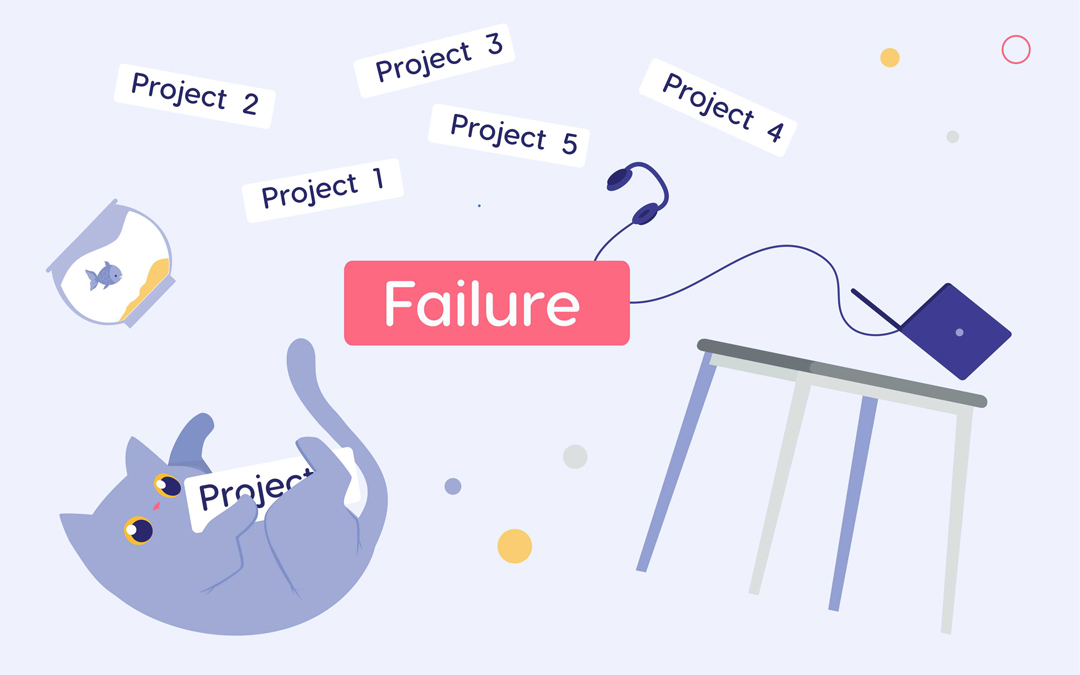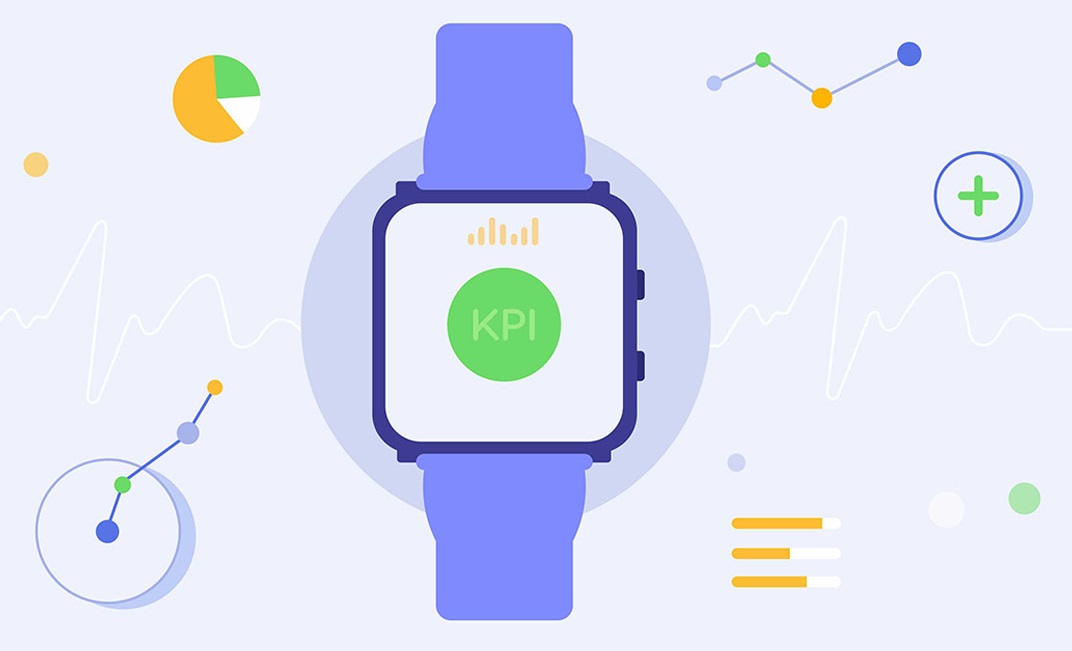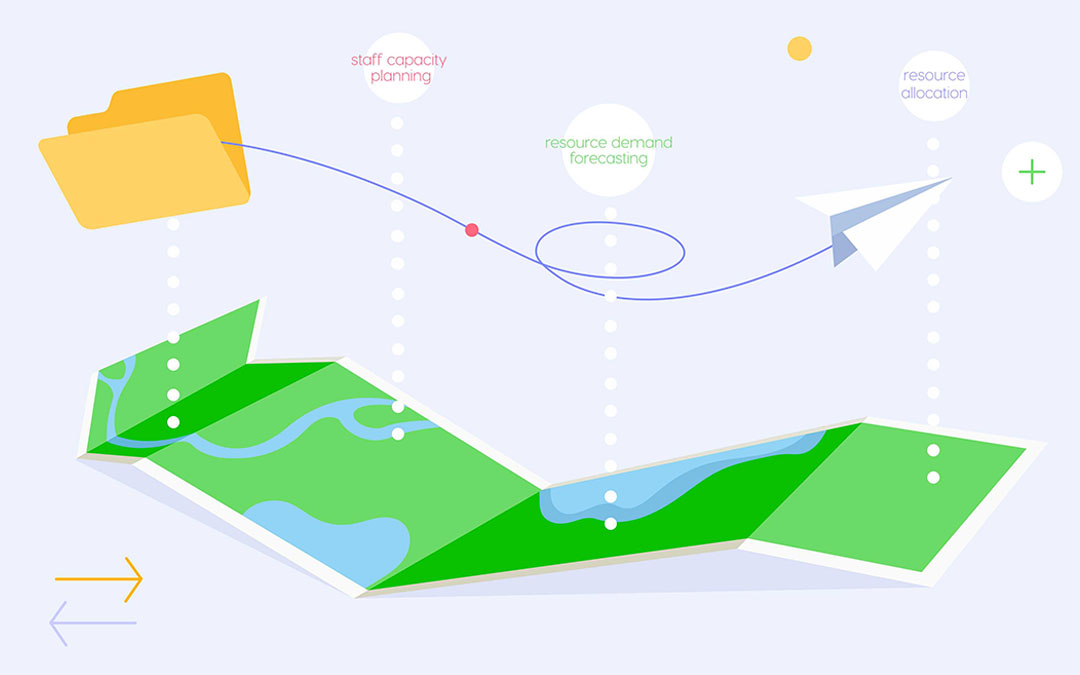Perhaps you know the pessimistic but cautious statement that can refer to any kind of activity: “If anything can go wrong, it will”. It’s known as Murphy’s law. It’s applicable to any sphere of human life, and the field of project management is no exception. But is there any chance to save your projects from failure, bearing Murphy’s law in mind? Let’s try to find an answer to this question. First off, let’s figure out what can go wrong when the project has been initiated.
What Can Go Wrong in a Project
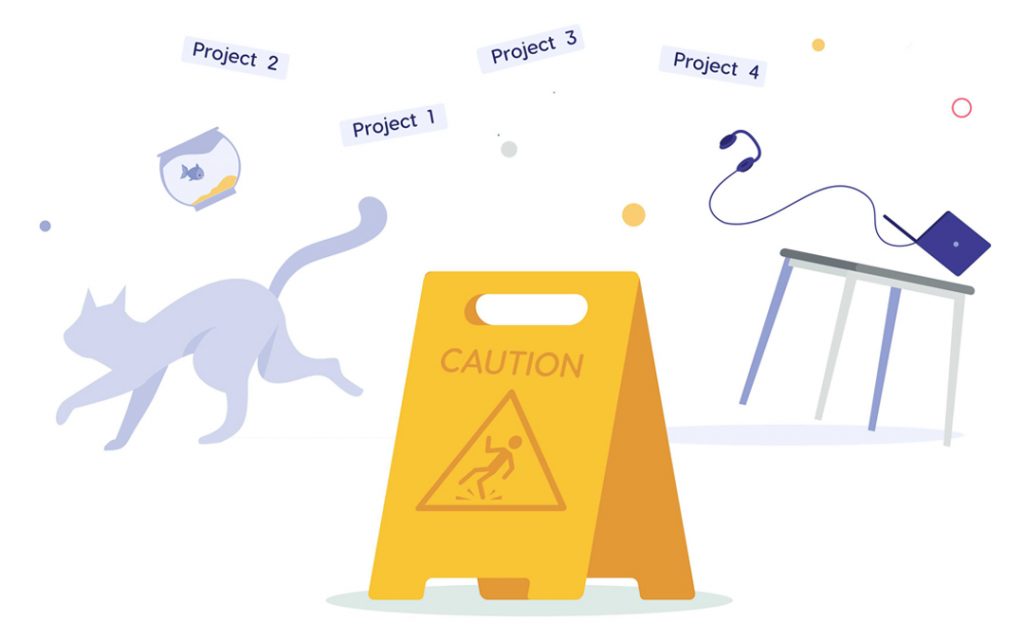
Apart from risks, project management is full of uncertainties that can’t be predicted.
Here is just a small list of possible threats that may affect your project delivery:
- Employee’s illness which results in low productivity or his/her absence from work,
- Equipment dysfunctions,
- Delivery delay,
- Bad weather conditions due to which the accomplishment of a task is hindered or becomes impossible,
- Etc. This list is just endless. You can’t predict all bad things that can happen, because reality isn’t flawless.
Read more: Fighting Uncertainty in Project Management: Arm Yourself with the Right Tool
These factors can result in project delays or falling beyond budget frames. According to The State of Project Management 2020 by Wellingtone, 71% of companies can’t deliver their projects on time, 57% can’t do that within the approved budget, and 60% don’t get full benefits of their projects. It happens due to both: bad management and bad luck caused by Murphy’s law in operation. The statistics show that project managers and teams definitely should take effective measures to ensure the success of their projects. Let’s figure out how.
How to Ensure Project Success Regardless of Murphy’s Law
Keeping in mind that anything can go wrong, a project manager should be ready to address potential challenges as a human mind can’t foresee all circumstances and predict project failure.
In our previous papers about Student syndrome and Parkinson’s law, we described the way Epicflow can overcome difficulties caused by these phenomena. These rules are also relevant for dealing with Murphy’s law:
- Be guided by correct and clear task priorities instead of scheduling their due dates. Otherwise, you won’t ever get rid of Student syndrome and Parkinson’s law. And in the end, the project delivery date is what really matters, not the task completion time.
- Use work estimates instead of assessing the time that is going to be spent on tasks. Firstly, it’s easier to assess the amount of work than the duration of task execution.
- Use a project buffer instead of adding it to every task because you never know when Murphy’s law will strike you. Your team’s job is to accomplish their tasks asap and deliver the project in a timely manner. Remember about Student syndrome and Parkinson’s law: people always procrastinate and will use all the amount of time you give them even if the task takes twice less.
- Examine team progress within the past and current frames to analyze it and provide better results in the future.
But can project management tools perform these functions?
Some contemporary project management software solutions are capable of predicting project success and preventing it from failure. Let’s learn more in what way.
PM Tools: a Guarantee of Project Success or Failure?
Traditional project management software solutions aren’t capable of protecting your projects against unexpected events and uncertainties. Why? – Because they use obsolete approaches to dealing with them. For example, they still focus on strict schedules instead of priorities, they tend to estimate the time for task accomplishment and establish deadlines for every assignment and use task buffers. When working in such an environment, any small mistake or uncertainty may turn to project failure.
Modern PM tool developers are doing their best to implement new methods of data processing and investigate the capabilities of artificial intelligence in the field of project management.
Though there’s no planning system in the world yet that applies artificial intelligence to the full. Some tools can predict project success by analyzing project-related data. Then, during the project life cycle stages, its mechanisms assist project managers in making all project decisions and warn if something is about to go wrong. It’s ensured by machine learning and predictive analytics that are two big parts of AI.
During the executing stage, machine learning tools continuously evaluate risks, control demand, capacity, and availability and use these data to avoid resource allocation conflicts, monitor the project flow to ensure it stays within time and budget limits.
Predictive analytics is a great means to check if the project faces any constraints in the future. It analyzes historical data, current information, and provides a prognosis of what’s going to happen further as projects progress.
According to Paul Boudreau, a researcher who has been investigating AI in PM for years, it is important to have structured data before you can even start thinking about AI. To make machine learning efficient and bring you the desired results, you should prepare your data properly and avoid any mistakes. Just remember the proverb “Garbage in, garbage out”. Otherwise, Murphy’s law will definitely show its effect on your projects.
Read more: Garbage In, Garbage Out: How to Prepare Your Data for AI-Driven Project Management Tools
How to Deal with Murphy’s Law: Ensure Project Success with Epicflow
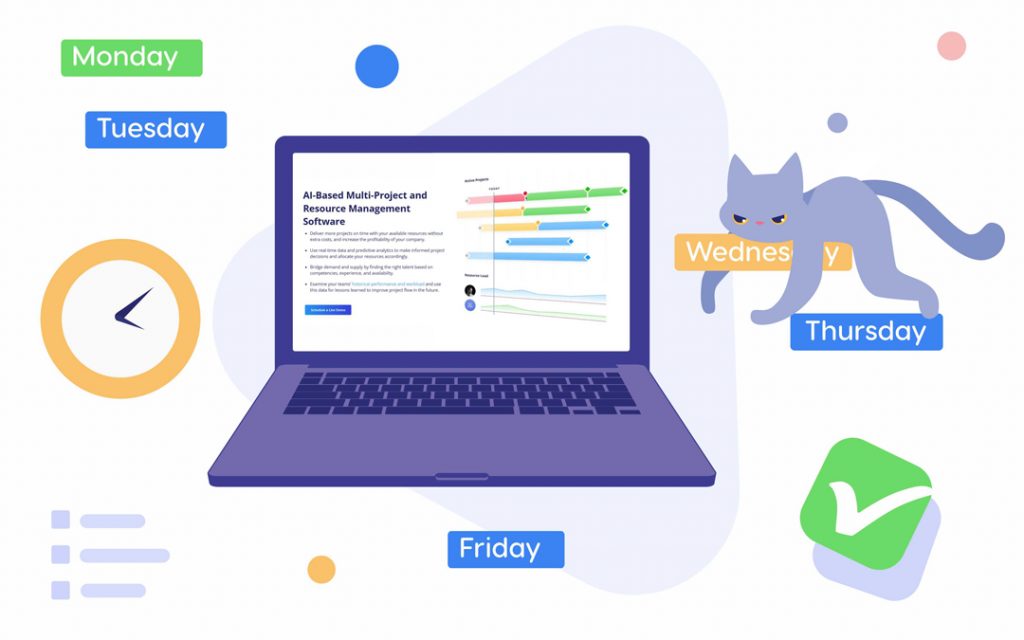
“Epicflow is a great example of a multi-project resource management system with structured data” – this is how Paul Boudreau describes our product.
Epicflow uses machine learning and predictive analytics capabilities to ensure smooth project flow and detect real and potential constraints before they threaten your projects. Epiflow is subsidized by the Dutch government for AI investigations. Our researchers do their best to learn AI and implement it into the system.
Let’s consider the way we use predictive analytics to deal with Murphy’s law:
Predictive Analysis of Milestone Achievability
As one of the main goals of Epicflow is to avoid bad multitasking and as a result, overload, its most powerful feature is automatic task prioritization that ensures the feasibility of your projects’ milestones. The system takes tasks within all projects in the portfolio and orders them regardless of their belonging to a certain project. In such a way, Epicflow ensures interdependencies within projects. And what’s also important is that priorities are recalculated every time any changes appear in projects, so the team always has relevant information about the significance of tasks and is in the know what to do first.
Project & Group Risk Buffer
Epicflow users manage buffer time to address risks. Project buffer is spare time before the end of the project, which is regarded in the light of the priority coefficient. It can be set up manually and projects with their tasks can be prioritized based on risk factor data.
A Group Risk Factor evaluates the risk of the discrepancy between the amount of time for task execution and the time spent by the team working on the project in reality. A buffer can be added to a certain project manually which will lead to automatic project priority transformations.
What-if Simulation to Track the Impact of Any Project Changes
If there are any requirement change requests, a project manager can check their effect on the project flow by using What-if analysis. This instrument has been developed to predict any potential threats a project may face in the future. In a What-if simulation mode, a project manager can implement any changes in the project structure and any allocation transformations and examine their effect on the projects before introducing them in a real environment.
Pipeline and Bubble Graph to Check Project Health
In Epicflow, the state of all projects is clearly displayed in Pipeline. And if a project manager needs more details, (s)he can dive into the heart of any project and check all project tasks or, on the contrary, get a bird’s-eye view of all projects in the portfolio ordered by priority. And Bubble graph will show all time and budget constraints in two corresponding views.
Historical Load Graph and Future Load Graph to Examine Team’s Performance
Performance analytics is a necessary prerequisite of efficient and successful project management. In Epicflow, you can see how workload, capacity, demand, and output parameters change over time with the Historical Load graph and Future Load graph.
The difference between these two functionalities is clear from their names. Information about the distribution of these parameters in the past is displayed on a Historical Load graph. On a Future Load graph, users can see the current state of the demand, capacity, output, and load as well as the way they will change with time.
Moreover, predictive analytics can calculate how the demand will change in the future and let a project manager make resource allocation changes based on the information about potential overload.
With these tools in stock, you’ll have more opportunities to protect your projects from failure and won’t be afraid of Murphy’s law anymore.
If you have any questions about Epicflow or would like to discuss any multi-project management issues, don’t hesitate to contact us and book a demo.
